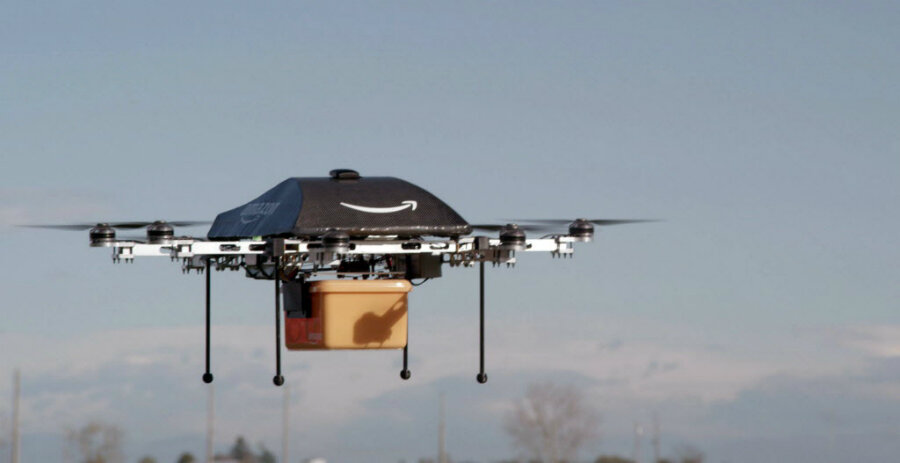New drone can navigate on its own at high speeds
Loading...
A doctoral student has created a new drone that can avoid objects without the assistance of humans or foreknowledge of the area.
Researchers at the Massachusetts Institute of Technology Science and Artificial Intelligence Laboratory showed a video clip of a drone able to dodge trees and other objects at speeds up to 30 m.p.h.
CSAIL student Andrew Barry, who used the discovery in his thesis, worked alongside Professor Russ Tedrake to develop the project. He noted the drone is able to evade the objects by autonomously scanning them with sensors and sending what it finds to a computer.
The technological advancements came about over Mr. Barry’s frustrations with the slow speeds of software and the impracticalities of creating maps for navigation, spurring an effort to create a drone that can move on its own, even in uncharted areas. The software for Barry’s drone can make calculations 20 times faster than the old software.
“Everyone is building drones these days, but nobody knows how to get them to stop running into things,” Barry said, in a posting on CSAIL’s website. “If we want drones that can fly quickly and navigate in the real world, we need better, faster algorithms.”
The drone, 34 inches wide and weighing roughly a pound, includes a “camera on each wing and two processors no fancier than the ones you’d find on your cellphone,” the posting said. The drone cost about $1,700 to make.
Barry found by using smaller measurements of 10 meters to identify dimensions, the drone could build a map of the world and still reach higher speeds. He noted the software could be improved to allow the drone to steer through thicker patches of trees by working “at more than one depth.”
“Our current approach results in occasional incorrect estimates known as ‘drift,’ ” he said. “As hardware advances allow for more complex computation, we will be able to search at multiple depths and therefore check and correct our estimates. This lets us make our algorithms more aggressive, even in environments with larger numbers of obstacles.”
The discovery comes as Google announced on Monday it expects to begin using drones to deliver packages by 2017. David Vos, the leader of Google parent company Alphabet’s Project Wing, the company's delivery arm, said at a convention in Washington for air traffic controllers that pending approval by the Federal Aviation Administration, the drones would fly at an altitude of 500 feet and work through a combination of the Internet and cellular technology, according to Reuters. Amazon and Walmart have similar plans in place.
But Barry told The Washington Post many advances still need to take place before drones can be more widely used, particularly for delivery services, where the machines will need to better sense the barrage of dangers that come along with an urbanized environment, and its rules.
Many of the regulations and technologies that would be needed for a new world of drone travel are still being hashed out including regulations that ban drones near airports – difficult in larger cities.
“Is this going to solve drones hitting airliners?” Barry said to the Post. “No, because airliners are coming in at 300 m.p.h. You need to make a decision long before 10 meters away.”







